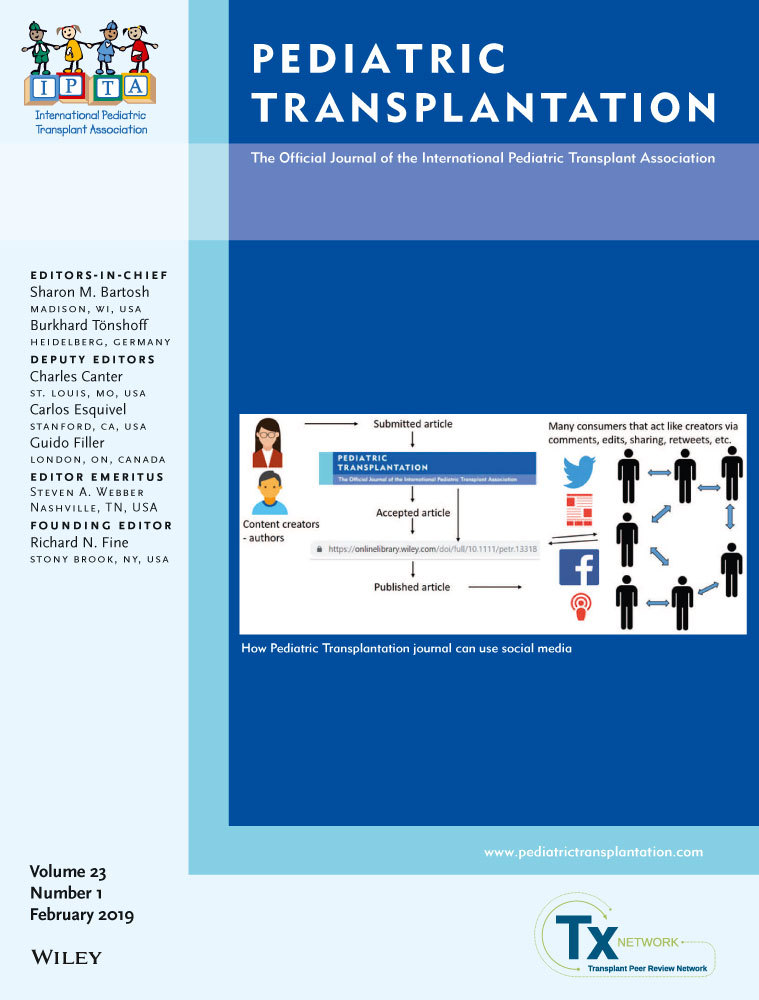Living liver donation improves patient and graft survival in the pediatric population
Abstract
Background
The utilization of living donor grafts resulted in an increased availability of liver for pediatric recipients, and accordingly, this was associated with a significantly decreased waiting time before liver transplantation as well as reduced pre-transplant mortality. We hypothesized that the use of living donors in pediatric LT may lead to improved graft and patient survival, when compared to LT using deceased donors.
Methods
Retrospective cohort analysis of pediatric recipients (aged <18 years) registered in the UNOS database who received a primary liver transplant between February 2002 and December 2016. Covariates predictive of survival by multivariable analyses were included in the Cox proportional hazards regression models to determine predictors of patient and graft survival.
Results
A total of 6312 children received a primary LT from a LD (n = 800) or a deceased donor (n = 5517; partial graft n = 1784 and whole graft n = 3733). Vascular and biliary complications were similar. Kaplan-Meier graft and patient survival rates were superior in LD recipients compared with recipients of deceased whole and reduced graft (Figures 1 and 2). In the multivariable analysis, LD were an independent predictor of improved patient and graft survival.
Conclusion
The use of LD in children is associated with improved patient and graft survival. The option of LD should be introduced early on in the evaluation of every pediatric patient being evaluated for liver transplant.




